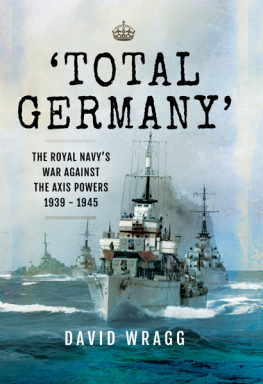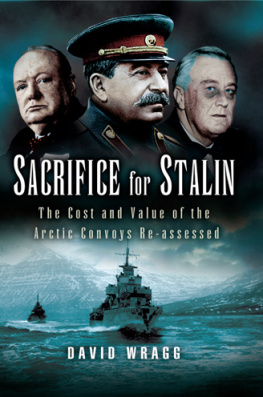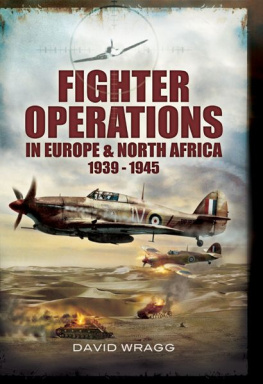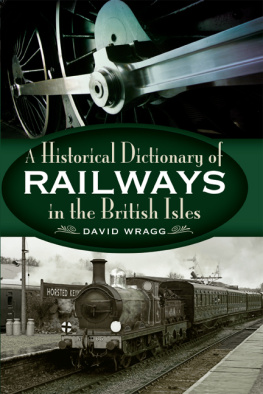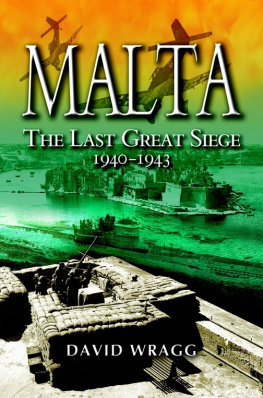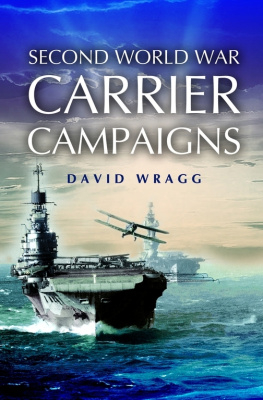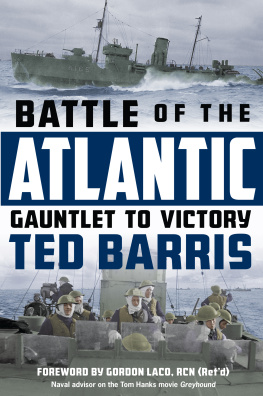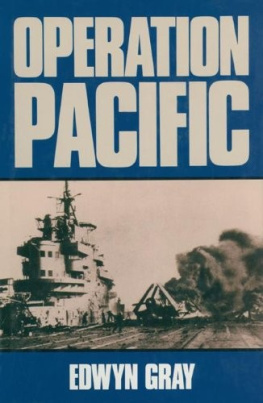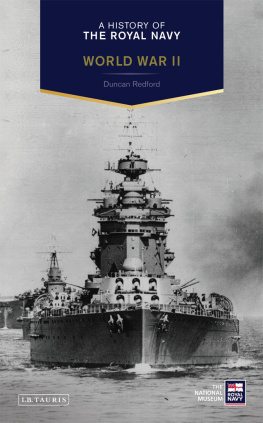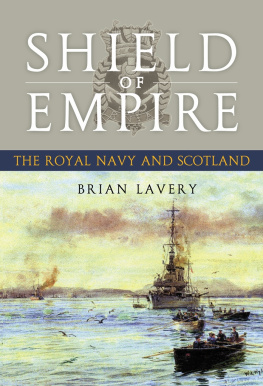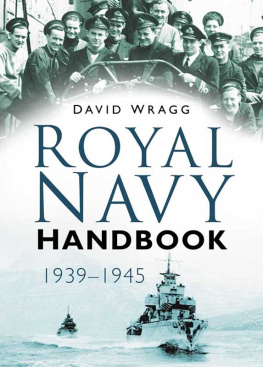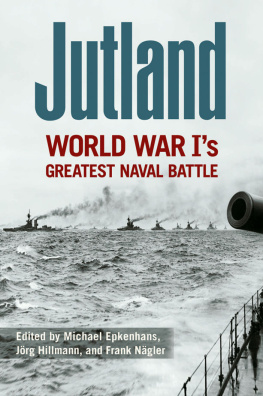First published in Great Britain in 2015 by
Pen & Sword Maritime
An imprint of
Pen & Sword Books Ltd
47 Church Street
Barnsley
South Yorkshire
S70 2AS
Copyright David Wragg, 2015
ISBN: 978 1 47384 464 3
PDF ISBN: 978 1 47384 467 4
PRC ISBN: 978 1 47384 466 7
EPUB ISBN: 978 1 47384 465 0
The right of David Wragg to be identified as Author of this work has been asserted by him in accordance with the Copyright, Designs and Patents Act 1988.
A CIP catalogue record for this book is
available from the British Library.
All rights reserved. No part of this book may be reproduced or transmitted in any form or by any means, electronic or mechanical including photocopying, recording or by any information storage and retrieval system, without permission from the Publisher in writing.
Typeset in Palatino by
Replika Press Pvt Ltd, India
Printed and bound in England
by CPI Group (UK) Ltd, Croydon, CR0 4YY
Pen & Sword Books Ltd incorporates the Imprints of Pen & Sword Aviation, Pen & Sword Family History, Pen & Sword Maritime, Pen & Sword Military, Pen & Sword Discovery, Pen & Sword Politics, Pen & Sword Atlas, Pen & Sword Archaeology, Wharncliffe Local History, Wharncliffe True Crime, Wharncliffe Transport, Pen & Sword Select, Pen & Sword Military Classics, Leo Cooper, The Praetorian Press, Claymore Press, Remember When, Seaforth Publishing and Frontline Publishing.
For a complete list of Pen & Sword titles please contact
PEN & SWORD BOOKS LIMITED
47 Church Street, Barnsley, South Yorkshire, S70 2AS, England
E-mail:
Website: www.pen-and-sword.co.uk
Contents
Acknowledgements
In writing any book, an author is grateful for the help and assistance of many others, and especially those who have placed on record their wartime achievements, many of them in the invaluable Imperial War Museum Sound Archive.
No work on something as vast as our wartime navy can cover every inch of ground, and for those whose appetite has been whetted by this book, I hope that the bibliography at the back is helpful. This text concentrates mainly on the Royal Navys war against Germany and Italy, but it is impossible to ignore events in the Far East and the Pacific as this was truly a world war.
David Wragg
Edinburgh
Spring 2015
Introduction
Neither the United Kingdom nor Germany was in a position to fight a major war in 1939 but the reality was that the former was better prepared, having put the time bought by the Munich Agreement the previous year to much better use. The imbalance was most marked at sea but although the Royal Navy was by far the larger, better-equipped and more balanced force, it was also thinly spread across the world, as in 1914.
The Germans had very ambitious plans for a much-expanded and modernized navy so ambitious that many doubted their practicality and these were hardly even started in 1939. Priority had been given to creating the Luftwaffe, a large and modern air force, and the army. Even here, there were weaknesses. The Luftwaffe was not a strategic air force, although Hitlers war plans assumed that it would act as one. It lacked heavy bombers. The Germany army, unlike the British army, had not mechanized between the wars and was heavily dependent on horses for transport.
The German navy, the Kriegsmarine, lacked aircraft carriers or even adequate numbers of destroyers and, contrary to popular belief, had very few ocean-going U-boats in 1939. Yet, senior officers were secure in Hitlers assurances that war would not break out until 1944. Chamberlains speech to the British people on 3 September, followed by the Admiralty signal Total Germany. Total Germany declaring all-out war against that nation came as a shock to the Kriegsmarines leaders.
Glossary
Allies: A term dating back at least to the early nineteenth century but used commonly during the First World War to describe the members of the Triple Entente, more properly known as the Entente Powers, which were the United Kingdom, France and Imperial Russia. During the Second World War it was used for just the UK and France initially, later including the Soviet Union and then the United States.
ASDIC: Derived from the initials for the Anti-Submarine Detection Investigation Committee originating in the First World War and today known as sonar. Such equipment emits audible pings and then traces submerged objects through their echoes.
Auxiliary carrier: Term applied by the Royal Navy to what are commonly called escort carriers; see below.
Auxiliary cruiser: Merchant vessel taken up from trade and armed with a naval crew. The British used these as convoy escorts, but the Germans used them as surface raiders. In neither case could they survive contact with major warships.
Axis Powers: The alliance formed by Germany, Italy and Japan. Unlike the Allies, there was very little co-ordination at times, especially between Japan and Germany or Italy, or cross-fertilization of ideas or technical developments.
BARBAROSSA: Code-name for Germanys invasion of the Soviet Union.
Battle-cruiser: A warship usually with battleship-calibre armament, but in which armour was sacrificed to give greater speed. The German battle-cruisers Scharnhorst and Gneisenau had guns of just 11in calibre; these were supposed to be replaced by guns of 15in calibre, although this never happened.
Battleship: Designation given to large heavily-armed and heavily-armoured ships. Second World War battleships generally had guns of 15in calibre, but some British battleships had 14in or 16in and some Japanese ships had 18in guns.
CAM ship: Catapult-armed merchantman, a merchant vessel with a fighter aircraft that could be catapulted off to shoot down enemy aircraft. The fighter pilot was usually from the RAF, but a number of Fleet Air Arm personnel also flew such aircraft. The weakness of the concept was that the aircraft had to be sacrificed at the end of a single sortie unless within sight of land, and this meant that there was always a reluctance to use it in case a greater need came later in the voyage.
Capital ship: A major warship such as a battleship or battle-cruiser, but by the end of the war the aircraft carrier had joined these as a capital ship and many would say had even usurped their position.
Case White (Fall Weiss): German code-name for the invasion of Poland.
Coastal Command: Royal Air Force command that provided maritime-reconnaissance and anti-submarine patrols as well as search and rescue (SAR) in the open seas, and was generally meant to be tasked by the Admiralty. SAR in coastal waters was provided by RAF Fighter Command.
Corvette: During the Second World War this term was adopted for a warship specifically designed for convoy escort duties, smaller than a frigate or destroyer and also slower and of broader bream than the latter, as well as less heavily-armed.
Cruiser: Warship smaller than a battleship or battle-cruiser but much larger than a destroyer. The Washington Naval Treaty of 1922 laid down that light cruisers had a main armament of 6in guns and heavy cruisers a main armament of 8in guns (displacement tonnage was not taken into account). The Royal Navys Town-class cruisers had up to twelve 6in guns in four turrets but were classified by the service as heavy. In addition there were auxiliary (see above) or armed merchant cruisers, and anti-aircraft cruisers that were usually older ships modified to allow continued use.
Cruiser war: A term sometimes used for commerce raiding.
Destroyer: Small fast warship, and by the Second World War much larger than its First World War counterpart. Armament varied between 4in and 4.5in on British ships, but some German ships were larger and the French had their
Next page
